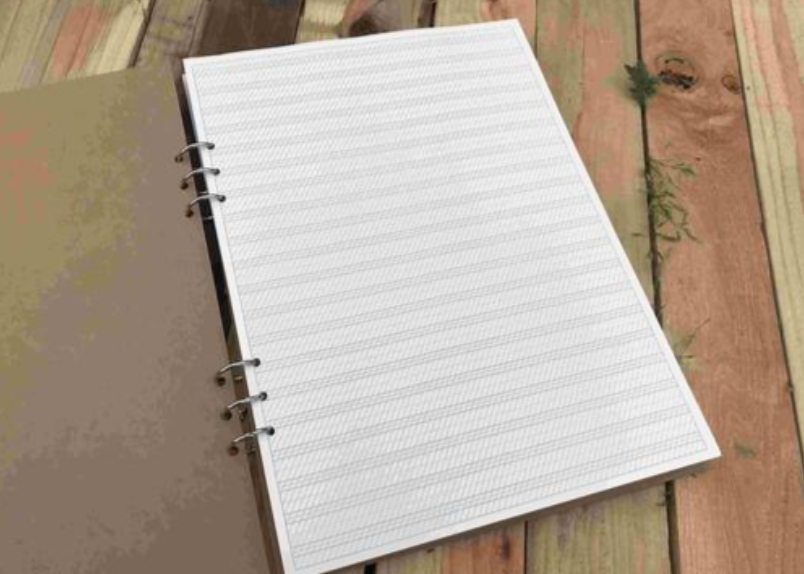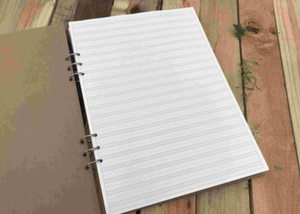
Notebook inspection methods and standards Inspection and certification services for goods and factories
Notebooks, as the basic office and study supplies, their quality directly affects the usage experience and brand image. To ensure that notebook products meet national quality standards and customer requirements, a full-process inspection system from raw materials to finished products must be established. This article, in combination with the production process and usage characteristics of notebooks, will systematically introduce their classification, inspection items, inspection standards, and key points of quality control, providing practical guidelines for quality inspectors, purchasers, and production enterprises.
I. Notebook Classification and Production Process Key Points
(1) Classification by Binding Method
Horse-tail Binding Notebook: Binding by middle seam with nails, suitable for products with fewer pages
Stapled notebooks: The spine is cut flat and then glued. Special attention should be paid to checking the bonding strength of the glue.
Coil notebook: Threaded binding. It is necessary to check the quality of the holes and the durability of the coils.
Loose-leaf notebook: Ring-bound, tests the smoothness of page turning and the alignment of the paper.
Notebook: In a note-taking style design, it tests the stickiness and paper peeling effect.
(2) Production Process and Factory Inspection Focus
Paper source: Must provide information on paper weight, whiteness, and FSC environmental certification
Printing process: The ink must comply with REACH environmental protection standards, and there should be no color difference or ghosting.
Binding quality: For hardcover books, the adhesive's temperature resistance needs to be tested (from -10℃ to 50℃ without any cracking)
II. Inspection Standards and Basis for Goods Verification
(1) Main Standards and Specifications
GB/T 27713–2011 General Technical Requirements for Paper-Based Stationery Products
GB 21027–2020 General Requirements for Safety of School Supplies
Enterprise technical agreements and special requirements of purchase orders (such as Disney ILS standards)
(2) Key Points of Factory Audit
Quality Management System
Does it have ISO 9001 certification? Are there complete records of IQC (incoming material inspection), IPQC (process inspection) and FQC (final inspection)?
Establish a system for evaluating the qualifications of suppliers and conducting regular inspections for raw materials such as ink and glue.
Production environment and equipment
Workshop temperature and humidity control (to prevent paper from getting damp) and dust control measures
The cutting tools are regularly calibrated for accuracy, and the pressure parameters of the binding equipment are monitored.
Social Responsibility and Safety
Does the paper bleaching process comply with environmental protection requirements? Has the ink passed the heavy metal testing?
III. Finished Product Inspection Items and Methods
1. Appearance Quality Inspection
Cover/Inside Pages: No dirt, glue residue, scratches, wrinkles, or color differences in the text printing.
Cutting quality: The four corners are neatly cut, without frayed edges, and the size deviation is ≤ ±1.5mm.
Binding inspection: The bound books are all intact without any separation. The coil-bound books show no rust marks. The ring-bound books have no deformation of the ring clasps.
2. Structural and Functional Testing
Binding Strength Test: For bound books, perform 180° opening and closing 10 times without any pages falling out.
Writing test: Use pens and ballpoint pens for writing, and evaluate the degree of ink bleeding and back exposure.
Lock function (if applicable): The key operates smoothly, and the lock has no rust or deformation.
3. Safety and Environmental Friendliness
Sharp edge inspection: Both ends of the coil need to be rounded, without sharp corners (sharp edge tester)
Chemical substance testing: Paper and ink need to undergo tests for heavy metals (such as lead and cadmium)
Paper weight and stiffness: Meets the specified values, ensuring that the paper is not easily damaged during writing.
IV. Sampling Plan and Decision Rules
Sampling Standard: According to GB/T 2828.1, generally select the General Inspection Level II. The AQL values can be set as Critical 0, Major 1.5, and Minor 4.0.
Defect Classification:
Serious defects: Missing pages/multiple pages, malfunction of locking mechanism, sharp edges
Main defects: Degumming, printing misalignment, excessive dirt area
Minor defects: Slight color difference, minor frayed edges
Quality inspection result: If any serious defect is found, the entire batch is deemed不合格; if the main defect exceeds the AQL standard, the batch will be rejected.
V. Packaging and Labeling Requirements
Inner Packaging: Each notebook should be sealed in an OPP bag to prevent scratches and moisture during transportation.
Outer box label: Indicates product model, size, quantity, production batch and environmental protection mark
Document requirements: For each batch of goods, a certificate of conformity and a material safety inspection report (such as SGS/CTI) must be provided.
VI. Common Quality Issues and Improvement Suggestions
Typical Problems: Split spine of bound books, rusting of coils, uneven paper cutting
Process control points: It is recommended to set up quality control points at positions such as glue curing, cutting accuracy, and coil electroplating.
Factory inspection improvement direction: Introduce automated inspection equipment (such as cutting size CCD detection), and establish SPC statistical process control for key processes
Summary
Notebooks, as common office supplies, the consistency of their quality is of vital importance to the brand reputation. By strictly implementing inspection items such as appearance, binding, and writing performance, and combining with a sound factory inspection system and supply chain management, the product qualification rate can be significantly improved. It is recommended that purchasers conduct pre-production sample confirmation before mass production, carry out mid-production inspections, and conduct third-party testing on high-risk raw materials (such as ink and glue) to ensure that the products meet safety and environmental protection requirements.
Share this product

Notebook inspection methods and standards Inspection and certification
Notebooks, as the fundamental office and study supplies, their quality directly affects the user experience and brand image.
